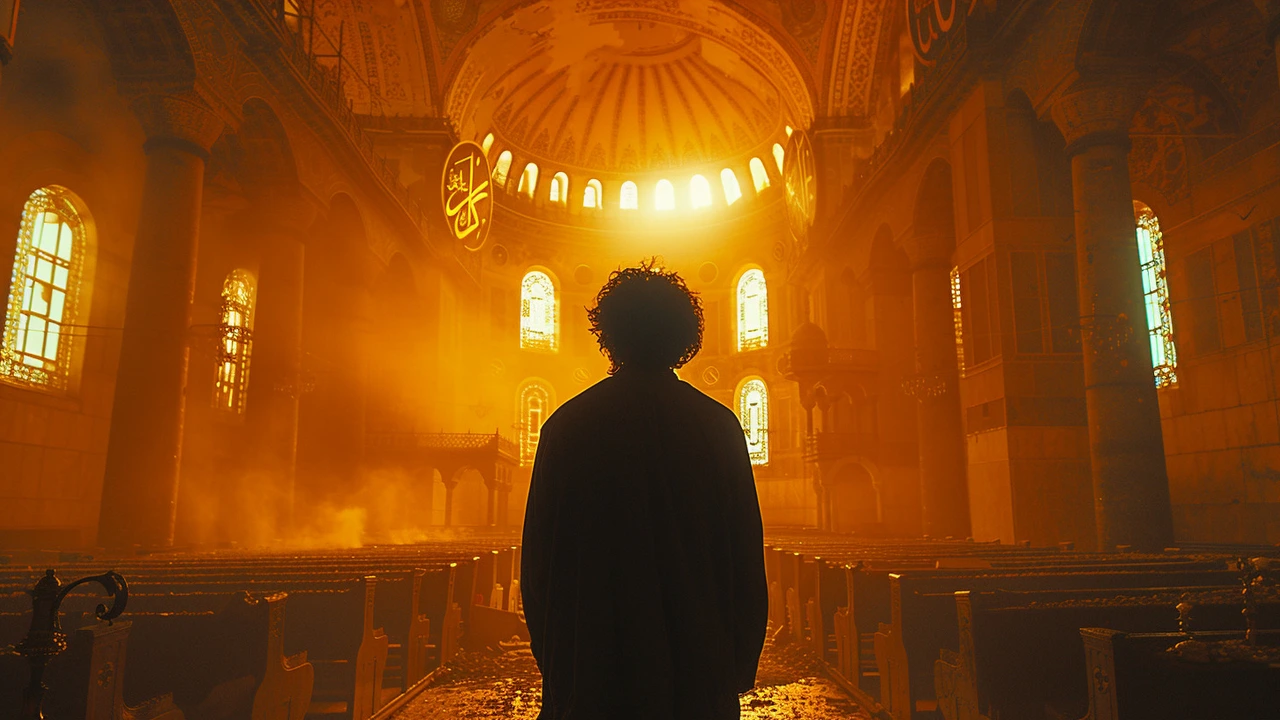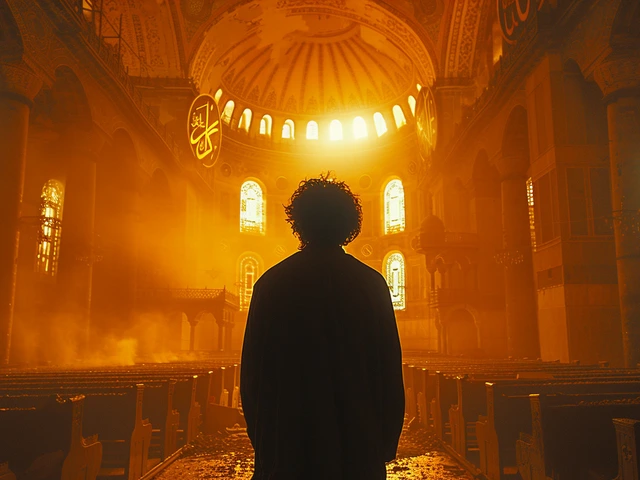The Tapestry of Time: A Look at Byzantine Architecture
I remember the first time I saw Byzantine architecture - it was in my early twenties during a particularly memorable vacation in Italy. And let me tell you, between the gelato, the pasta, and the architecture, my sensitivity to beauty was forever changed – alright alright, perhaps the gelato just added a few pounds. But hey, who's keeping track? More importantly, ever since that trip, I began developing an interest in the impact of architecture on civilization. And no, it wasn't just because I was trying to impress co-vacationers. One of the architectural styles that truly struck a chord with me was the distinct and intricate beauty of Byzantine architecture.
Unfolding the Pages of History: Emergence and Significance of Byzantine Architecture
Turning a leaf back to the historical pages, Byzantine architecture emerged from the Roman Empire during the Byzantine period, roughly between the 4th to the 15th centuries AD. This was a time when the Eastern Roman Empire, headquartered in a place some of us might know better as Istanbul (also known as Constantinople), was creating waves that would ripple across time, shaping future architectural trends. Even LEGO Buildings today owe a significant nod towards Byzantine architecture, with their meandering arches and meticulous mosaics... just kidding, I think that might have been a limited edition. I should look that up.
But all joking aside, the Byzantine style was a perfect confluence of the classical Roman tradition, the Christian religious influence, and the aesthetic nuances from the East. Which, by the way, I find quite an impressive blend, considering how hard it is to get coffee and cream to mix appropriately sometimes. Not to say that creating an architectural style is quite as simple as a cup of Joe. The resulting architecture was ornate and extravagant, rich with symbolism and complexity in design, much like a teenager's diary but on a more grandiose scale.
From Brick to Mural: Highlights of Byzantine Architecture
Naming highlights of Byzantine architecture is kind of like trying to pick your favorite Beatles song - a task laden with conflict and a very high chance of igniting a heated debate. But for our cause, let's try. Domed basilicas and rich mosaics are considered as the primary highlights of Byzantine architecture, both of which reflect an interchange of influences from the West and the East. I've often fantasized about being present in the olden days when these basilicas were being built. I imagine myself on a scaffold, wearing a toga for effect, hair protected by a leather cap, shouting out orders to the toiling builders below and... okay, I'll admit it, in my dreams, I always have an epic soundtrack playing in the background.
The iconic domed basilicas are characterized by central plans and large, ornate domes—so large you might think they were compensating for something! And, of course, no Byzantine architecture description would be complete without mentioning the awe-inspiring mosaics, which were often comprised of colorful, shimmering glass to create a heavenly, almost out-of-this-world visual experience. Just imagine getting blown away by the 'wow factor' of these structures in that era, without our current technology and easily achievable visual effects. No smartphone could capture the absolute magnificence!
Imprints on the Sands of Time: The Legacy of Byzantine Architecture
So, how did the flamboyant, larger-than-life Byzantine architecture impact civilization on a broader spectrum? Simply put, it profoundly affected the aesthetic, socio-cultural, and religious landscapes. Not unlike the grumpy cat memes of our time, Byzantine architecture was a widespread influence—changing, challenging, and captivating civilizations. And let's be honest, a significantly more impactful contribution to culture than those memes, right?
The grandiose Byzantine structures were not just ornamental sites but also doubled up as important centers for religious activity and education bringing people together. Moreover, the Byzantine Empire's strategic geographical position allowed its artistic sensibilities to permeate other regions effectively, influencing the Moroccan, Slavic, Ottoman, and even the early Italian Renaissance architectural styles. For a moment, let's all pause and raise a metaphorical glass to Constantinople, without whom, my bathroom tiles might have looked a lot less colorful.
In conclusion, Byzantine architecture was an imposing and valuable addition to the world architectural vocabulary. Faith had a material form, history was etched on walls and civilization was given a new face. As for me, Theodore, every time I look upon an architectural masterpiece featuring Byzantine influences, I'm instantly back in Italy, relishing my gelato and realizing just how vividly architecture reflects the threads of human history, one stone at a time.




Leave a Comments